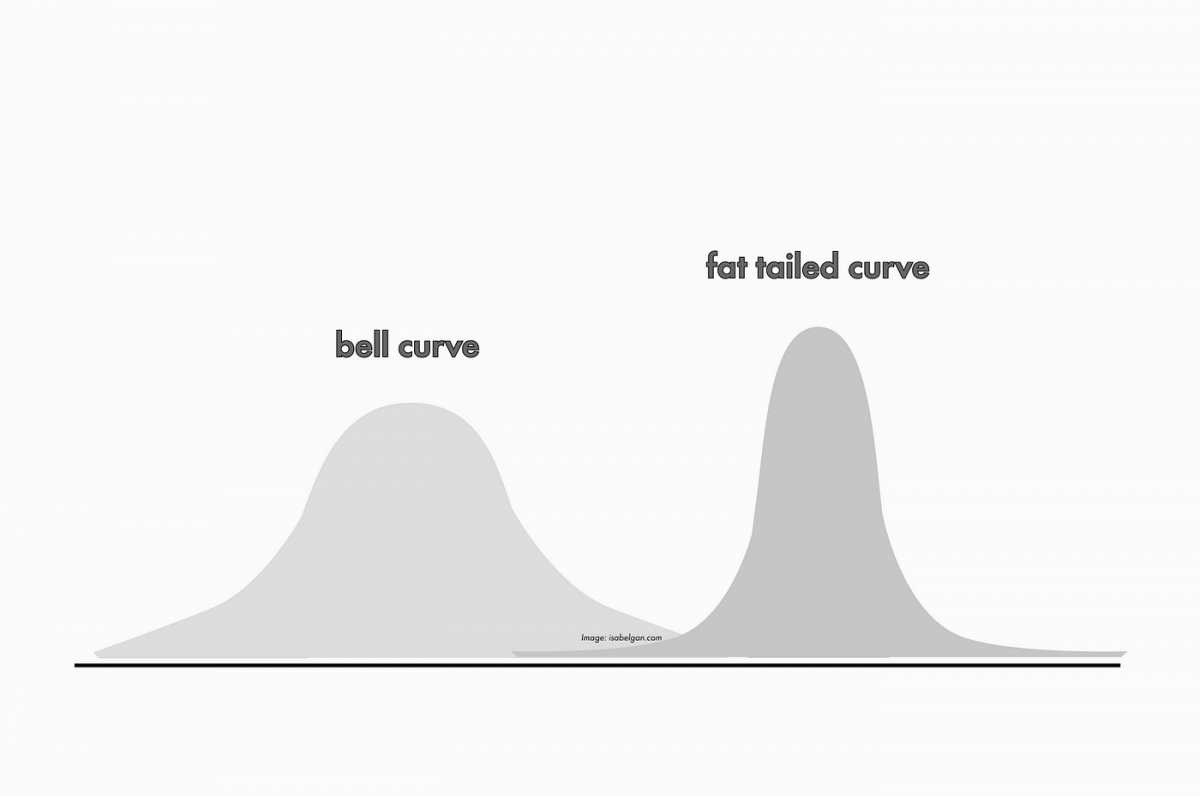Introduction
In the realm of decision-making, Probabilistic Thinking emerges as a powerful mental model deeply rooted in human psychology. It revolves around understanding and embracing uncertainty, evaluating risks and rewards based on probabilities, and making informed choices accordingly. This mental model finds profound relevance in various decision-making processes, influencing our personal lives, business strategies, and public policy-making. By comprehending the principles of Probabilistic Thinking, we can overcome cognitive biases, avoid irrational decisions, and navigate uncertainty with clarity and objectivity.
Defining Probabilistic Thinking and Its Relevance
Probabilistic Thinking is a mental model that involves considering the likelihood or probability of various outcomes when making decisions. It acknowledges that many situations are uncertain and that outcomes are rarely absolute. Instead, Probabilistic Thinking encourages individuals to assess the likelihood of different outcomes and make decisions based on a rational evaluation of those probabilities. This mental model is crucial as it enables us to make informed choices, manage risks, and optimize decision-making under uncertainty.
Probabilistic Thinking is prevalent in our daily lives, often guiding our choices without us even realizing it. From deciding whether to bring an umbrella based on the probability of rain, to assessing the likelihood of success when investing in a new business venture, this mental model underpins our decision-making processes. By embracing Probabilistic Thinking, we can navigate the complexities of uncertain situations more effectively.
Examples of Probabilistic Thinking in Various Contexts
- Personal Life Decisions: Consider an individual deciding whether to buy a house in an earthquake-prone region. Utilizing Probabilistic Thinking, they would consider factors such as historical earthquake frequency, building safety measures, and insurance options. By assessing the probabilities of potential outcomes, such as the likelihood of an earthquake and the subsequent damage, they can make an informed decision. However, individuals who ignore Probabilistic Thinking may either disregard the potential risks entirely or become overly fearful, leading to irrational choices that do not align with their best interests.
- Business Scenarios: Probabilistic Thinking is instrumental in business strategies and investment decisions. For instance, when a company is considering launching a new product, they analyze market trends, customer preferences, and competitor behavior to estimate the probability of success. By conducting thorough market research and considering potential risks and rewards, businesses can make informed decisions. However, businesses that neglect Probabilistic Thinking may succumb to biases such as overconfidence or neglecting crucial uncertainties, leading to flawed strategies and missed opportunities.
- Public Policy-Making: Probabilistic Thinking plays a significant role in public policy-making by evaluating the potential outcomes of different policy options. For example, when addressing public health issues, policymakers consider the probabilities of various outcomes associated with different intervention strategies. By weighing the probabilities of success, costs, and societal impact, policymakers can make evidence-based decisions. However, if Probabilistic Thinking is not applied, policymakers may overlook vital probabilities, leading to ineffective policies or unintended consequences.
Mental Biases and Psychological Underpinnings
Probabilistic Thinking can be influenced by various cognitive biases that affect decision-making. One common bias is the Availability Bias, where individuals rely heavily on easily accessible information when assessing probabilities. This bias can lead to inaccurate estimations if the available information is not representative of the true probabilities.
Another bias is the Representativeness Bias, where individuals judge the likelihood of an event based on how well it fits a particular prototype or stereotype. This bias can cloud judgment and lead to incorrect assessments of probabilities.
Moreover, Overconfidence Bias can hinder Probabilistic Thinking as individuals tend to overestimate their accuracy in predicting probabilities, leading to suboptimal decision-making. Anchoring Bias is another significant bias, as individuals often anchor their estimates to initial values or reference points, neglecting a comprehensive evaluation of probabilities.
Practical Strategies for Identifying and Avoiding Probabilistic Thinking
To enhance Probabilistic Thinking and avoid falling into cognitive traps, consider the following strategies:
- Embrace Uncertainty: Acknowledge that many situations involve uncertainty and embrace the fact that outcomes are probabilistic in nature. Resist the urge to seek absolute certainty and focus on assessing probabilities instead.
- Seek Diverse Information: Gather a wide range of information from multiple sources to avoid relying solely on easily available or biased information. This helps to obtain a more accurate representation of probabilities.
- Conduct Sensitivity Analysis: Assess the sensitivity of decisions to changes in probabilities. Evaluate how different probabilities affect the outcomes and adjust your decisions accordingly.
- Quantify Probabilities: Where possible, assign numerical probabilities to different outcomes based on available evidence or expert opinions. This aids in a more systematic evaluation of probabilities and allows for more informed decision-making.
- Update Probabilities: Continuously update and revise probabilities as new information becomes available. Be open to adjusting your decisions based on the evolving probabilities and avoid anchoring to initial estimates.
Conclusion
Probabilistic Thinking empowers individuals to make rational decisions in the face of uncertainty. By acknowledging probabilities, evaluating risks and rewards, and avoiding cognitive biases, we can enhance our decision-making abilities across personal, business, and public policy domains. Embracing the principles of Probabilistic Thinking enables us to make informed choices, manage uncertainties, and navigate complex decision-making scenarios more effectively. By promoting awareness and active avoidance of mental traps associated with Probabilistic Thinking, we pave the way for better decisions that align with our goals and best interests.
